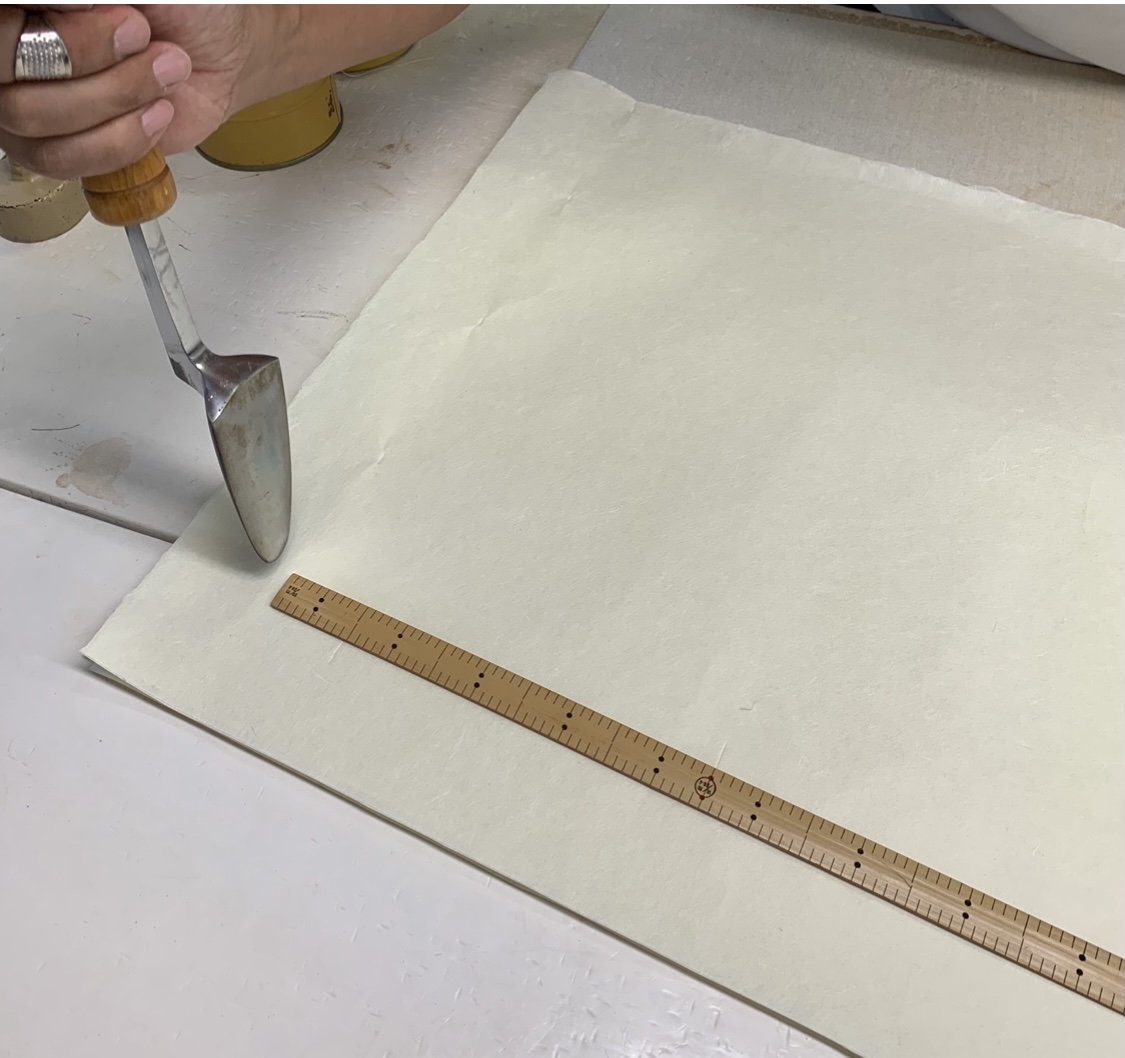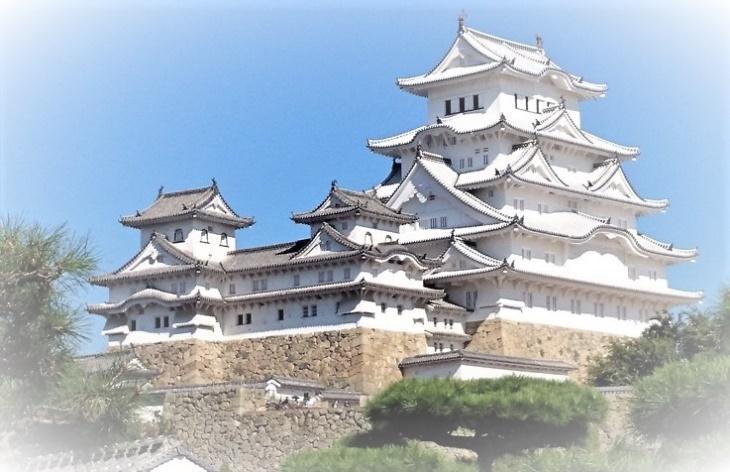The toridori division produces "washi kimonos" using Yatsuo traditional Japanese paper for all parts of the garment.
These traditional Japanese kimonos are cut in the same way as those made from pure silk, including the front and the back, the sleeves, the collar, the front parts, and the shoulder opening of the collar.
The ✳︎ohashori, the collar tip, the hem finishing, and the joints without threads are also made so that they are not visible. This is called “kise wo kakeru”.
Under the supervision of Mr. Furuoya, Senior managing director of the Kimono tailor association, the kimono is made with a high level of durability in mind, faithfully reproducing the traditional Japanese sewing techniques.
Nowadays kimonos are called "Japanese Kimonos" and are admired by people overseas for their beauty and richness, but many people have given up on buying them because they are expensive and difficult to wear.
The traditional japanese paper kimono and traditional Japanese paper obi are designed to be worn as easily as possible by foreigners, and are far less expensive than kimonos.
All orders are custom-made to fit the customer's body shape, so not only can you choose the color and pattern that best suits your needs, but you can also order your original pattern.
✳︎“Ohashori” is a piece of cloth worn around the hips created by tucking excess fabric to make the kimono fit your body.






Kazumi Furuoya, Kimono tailor
Born in November 10, 1975
Director of Denen Wasai Ltd.pla
First rank of Japanese dressmaker
Tokyo Meister
Vocational Training Instructor
Senior managing director of Kimono tailor Association

Kazumi Furuoya, Kimono tailor
Born in November 10, 1975
Director of Denen Wasai Ltd.pla
First rank of Japanese dressmaker
Tokyo Meister
Vocational Training Instructor
Senior managing director of Kimono tailor Association
Tradition and Evolution
Echizen washi,
Echizen washi, produced in Fukui prefecture Echizen city,is one of the oldest kinds of traditional Japanese paper which dates back to 1500.
Recently it is being combined with the same plaster used in walls of castles and temples in order to create antibacterial paper which is particularly useful during these times.
















